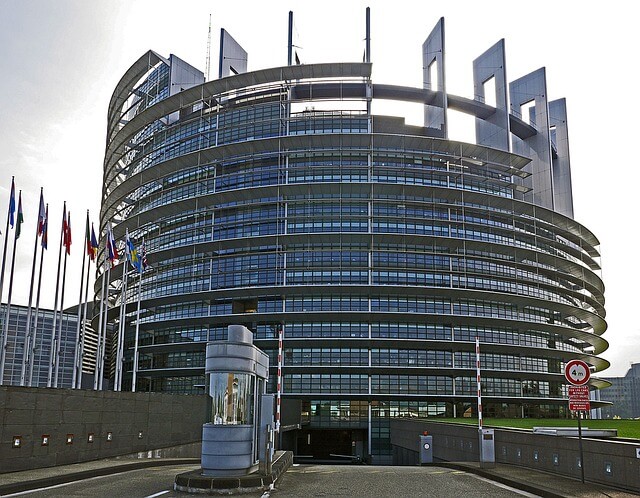
22.05.2020
Directive on Preventive Restructuring
Preventive restructuring is essential in Europe. Half of the companies do not exceed 5 years and 90 percent of the bankruptcy procedures end up in liquidation.
 Por
Sanz González , María
Por
Sanz González , María The new European directive on preventive restructuring
The new European Insolvency Directive was published in the Spanish Official State Gazette on June 26th. The Directive aims to facilitate early access by companies in difficulty to homogeneous restructuring frameworks.
Its aim is to reduce the obstacles arising from the differences between Member States in terms of insolvency.
Contacto No te quedes con la duda, contacta con nosotros. Estaremos encantados de atenderte y ofrecerte soluciones.What are the current obstacles of European regulation?
The internal regulation of each Member State contains important differences in procedures. Some of these differences are reflected in the timing of the proceedings. There are States that allow restructuring at relatively early stages, as opposed to other regulations that provide for later solutions. In general, the procedures available have not been as effective as they should be.
Likewise, the differences between States increase the costs of investors. Mainly the ones to evaluate the risk that debtors will suffer financial difficulties.
Moreover, the differences lead to disparities in the conditions of access to credit in the Member States. Considering that a higher degree of harmonisation would improve the capital market´s functioning.
Another reason for promoting this directive is to reduce the costs of the process. Whereas reducing differences between Member States would lead to greater transparency, certainty and predictability throughout the Union.

Si te ha interesado este artículo no dudes en leer:
Security rights in debt refinancing
What are the objectives of the European Directive?
The following are the main objectives promoted by the Directive:
- To establish preventive tools that alert the debtor’s situation:
- Alerts on certain defaults.
- Provision of advice by public and/or private bodies.
- Providing incentives to third parties to warn of any negative developments in the debtor’s situation. For this purpose, the Directive considers third parties to be accountants, public administrations, etc.
- Establishing preventive restructuring frameworks for debtors in difficulty when insolvency is imminent. Thus trying to ensure the debtor’s viability. Member States may therefore introduce a viability test, in order to exclude non-viable debtors from restructuring.
- Similarly, without disempowering debtors, Member States may establish the appointment of Receiverships in restructuring operations. Three requirements are laid down for its appointment:
- That the general suspension of singular executions be approved.
- Confirmation of the restructuring plan by an authority.
- That the debtor or creditors request it.
- Member States must establish the suspension of singular executions during the negotiation. The maximum duration should not exceed 4 months. Member States shall provide that the suspension shall cover all types of claims and creditors.
- Member States shall also ensure that existing contracts with the debtor are not suspended.
- Member States shall ensure that the individual rights of employees are guaranteed. These rights may not be adversely affected by restructuring.
What must a restructuring plan under the new directive contain?
Member States will require that restructuring plans contain at least the following information:
- Identity of the debtor.
- Assets and liabilities of the debtor, including a valuation of the assets and liabilities. Economic situation of both the debtor and the employees.
- Parties affected by the restructuring plan.
- Conditions of the plan.
- Reasons why the restructuring plan offers a reasonable prospect of avoiding insolvency.
When will the directive apply?
The directives are not directly effective and have to be transposed by each country.
We must remember that directives are legislative acts which set objectives to be met by the Member States. However, it is up to each country to make its own laws to achieve the objectives regulated in the directives. In other words, they are not directly applicable. This is the main difference with Regulations, which are binding legislative acts.
Member countries have a period of 2 years to apply the new regulations to national legislation. They can request an extension of one additional year.
Conclusions
The European Union, through Directive 2019/1023 aims to facilitate the restructuring of companies in financial difficulty. One of the main objectives is to avoid the insolvency of companies with possibilities of viability.
The directive aims to find a harmonised regulatory framework for restructuring. Thus it reduces the obstacles to the free movement of capital resulting from differences between Member States. It also considers that the removal of obstacles will help to minimise job losses.
If this article has been of interest to you, we recommend the following readings:
Effects of the Bankruptcy Procedure Declaration on Contracts












